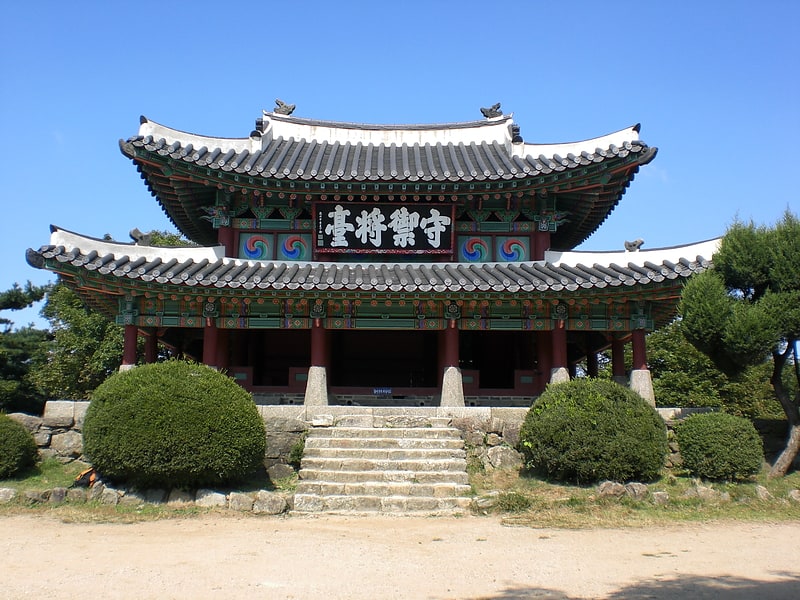
Gwangju Travel Guide
Facts and practical information
Located in the Gyeonggi-do region of South Korea, Gwangju is a vibrant city that offers a perfect blend of tradition and modernity. With its rich history, stunning natural landscapes, and cultural attractions, Gwangju has become a popular tourist destination for travelers seeking an authentic Korean experience.
One of the must-visit attractions in Gwangju is the Gwangju Folk Museum, which showcases the traditional culture and history of the region. Here, visitors can explore the beautifully preserved artifacts, learn about the local customs and traditions, and even participate in traditional craft workshops. The museum provides a fascinating insight into the lives of the people who have called Gwangju home throughout the centuries.
For nature enthusiasts, a visit to the Songnisan National Park is a must. This sprawling park is known for its picturesque mountain ranges, lush forests, and serene temples. Hiking enthusiasts can embark on various trails that offer breathtaking views of the surrounding landscapes, while those seeking tranquility can visit the Buddhist temples nestled within the park.
Gwangju is also a city with a thriving arts scene. The Gwangju Biennale, an internationally renowned contemporary art exhibition, attracts art lovers from around the world. The city is also home to numerous art galleries, showcasing the works of both local and international artists. Visitors can immerse themselves in the vibrant art scene by exploring these galleries and attending cultural events and performances.
The culinary scene in Gwangju is equally impressive. The city is known for its delicious street food, such as bindaetteok (mung bean pancakes) and bibimbap (mixed rice with vegetables and meat). For a more upscale dining experience, Gwangju offers a range of restaurants serving traditional Korean cuisine, as well as international dishes.
In addition to its cultural and natural attractions, Gwangju is also a shopper's paradise. The city is dotted with bustling markets, where visitors can find everything from traditional handicrafts to trendy fashion items. The Gwangju Asian Culture Complex is another shopping destination, offering a wide range of shops, galleries, and theaters.
Gyeonggi-do
Gwangju Attractions - What to See and Explore
Gwangju offers many attractions and places to visit. Here are the most important ones: Namhansanseong, Dogok-dong. Below you will find a complete list of places worth visiting.
Gwangju – popular in the area (distance from the center)
In the vicinity of Gwangju, it's worth seeing attractions such as: Hwaseong Fortress (Suwon), Gyeongbokgung (Seoul), Deoksugung (Seoul).
Best Time To Visit Gwangju
Learn when is the best time to travel to Gwangju weather-wise and what to expect in each season.






